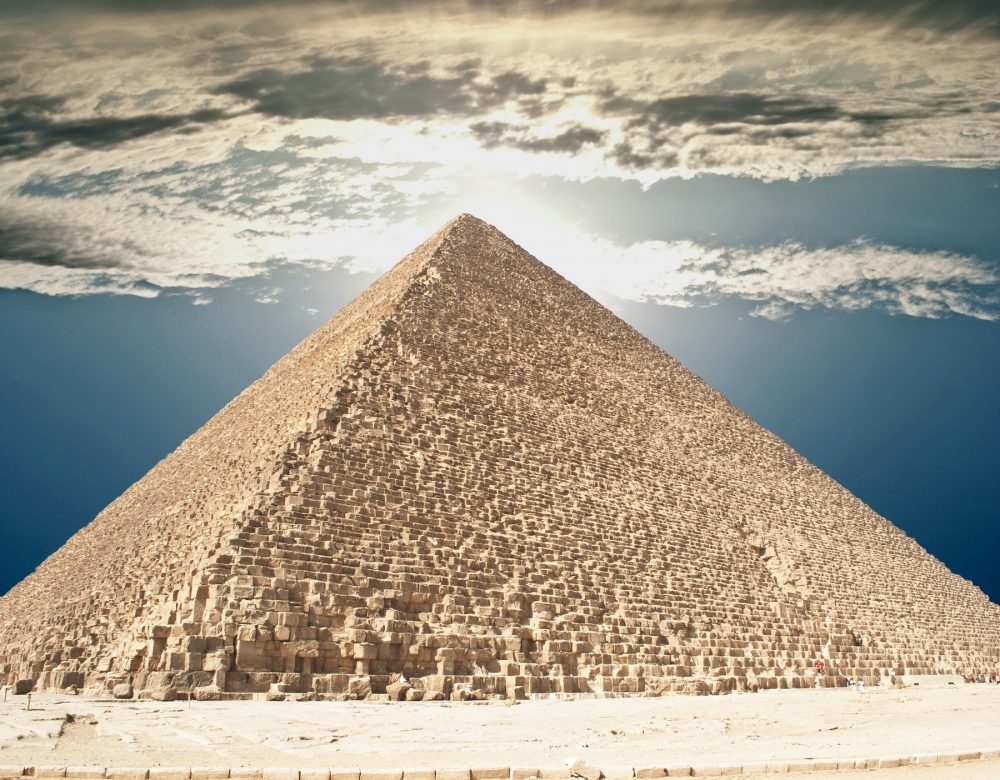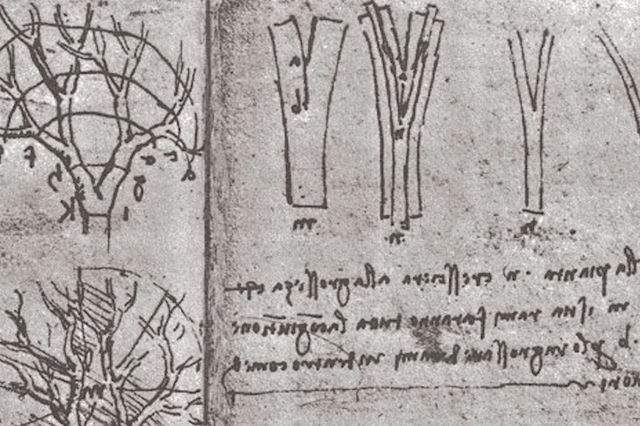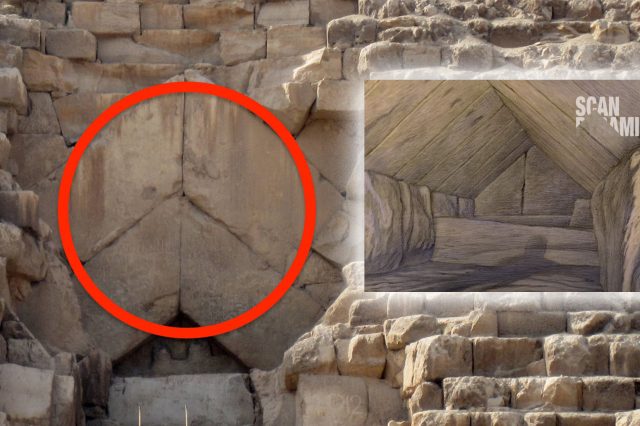An ancient machine mentioned by the father of history "Herodotus" and drawn (built?) by the Great Leonardo da Vinci is the only "evidence" of machines that may have been used to build the ancient Pyramids.
Journey with us as we explore the enigma of ancient Egyptian pyramid construction, delving into the insights provided by Herodotus and the baffling lack of records surrounding these magnificent structures.
Herodotus: The Father of History and Egyptian Pyramids
Over 2,000 years after the pyramids were built, Herodotus penned down an account in 440 BC, describing the construction of the Egyptian pyramids using machines. Despite its age, this text remains the only known reference on how these magnificent structures were built. Herodotus, often referred to as the father of history, was able to offer some insight into how the pyramids were built after traveling to Egypt and meeting scholars, priests, and historians of the time.
The Enduring Allure of the Egyptian Pyramids
Although not the oldest or largest, the Egyptian pyramids captivate the world with their masterful engineering, historical significance, and architectural beauty. The Pyramids of Egypt stand as a testament to the skill and ingenuity of master builders from antiquity. These fascinating structures continue to intrigue people today, and the Pyramids of Giza, in particular, are celebrated as wonders of ancient engineering.
The Great Pyramid of Giza: A Testament to Ancient Engineering
The Great Pyramid of Giza, built during King Khufu’s reign, stands as the most perfect pyramid in Egypt. According to mainstream Egyptology, this ancient monument was commissioned some 4,500 years ago during the Fourth Dynasty rule of King Khufu. The structure, with its precise geometric measurements and alignments, showcases the extraordinary skill and knowledge of the ancient Egyptians.
Pondering the Purpose of the Pyramids
While Egyptologists theorize the pyramids were tombs for Pharaohs, millions worldwide believe they served a more critical function. The Great Pyramid, with its massive 2,583,283 cubic meters volume, represents the peak of the Egyptian pyramid building. Egyptologists maintain that the Egyptian pyramids were built as tombs to protect the Pharaohs’ mummified remains, helping them achieve eternal life. However, this explanation is not backed up by conclusive evidence, and many alternative theories suggest the pyramids served other purposes, from energy generators to astronomical observatories.
10 Things You Should Know about the Ancient Egyptian Pyramids
The Construction Conundrum
The nearly 6.5-million-ton weight and intricate alignment of the Great Pyramid have mystified experts for centuries. Ancient scholars, such as Pliny the Elder, also marveled at their construction and questioned how the stones were raised to such heights. With an original estimated height of 146.7 meters and a massive base, the Great Pyramid of Giza stands as a monument to the ancient Egyptians’ incredible achievements in engineering and construction.
The Missing Records
Despite extensive searches, experts have found no texts from the time the pyramids were built, save for the Merer’s Journal, which mentions stone transportation from Tura to Giza. Consequently, we have no knowledge of how the stones were quarried, transported, or positioned. The absence of written records from the era of the pyramid construction is puzzling, considering the ancient Egyptians’ excellent record-keeping skills and the magnitude of the projects.
Transporting Massive Stones Across Vast Distances
The transportation of massive stones used in the Great Pyramid’s construction, some quarried as far as 800 kilometers away in Aswan, remains an enigma. How the builders managed to move these colossal blocks across such vast distances 4,500 years ago is a topic of ongoing debate and fascination. The lack of concrete evidence on the transportation methods used has given rise to various theories, ranging from the use of wooden sleds to the involvement of waterways.

Pyramid Construction: Ramps or Machines?
Here’s what Herodotus says about the machines and how they may have helped build the pyramids:
The pyramid was built in steps, battlement-wise, as it is called, or, according to others, altar-wise. After laying the stones for the base, they raised the remaining stones to their places by means of machines formed of short wooden planks. The first machine raised them from the ground to the top of the first step. On this there was another machine which received the stone upon its arrival and conveyed it to the second step, whence a third machine advanced it still higher. Either they had as many machines as there were steps in the pyramid, or possibly they had but a single machine which, being easily moved, was transferred from tier to tier as the stone rose — both accounts are given and therefore I mention both. The upper portion of the Pyramid was finished first, then the middle and finally the part which was lowest and nearest to the ground.
Theories on how the enormous blocks of stone were stacked to form the pyramid’s inner structure abound, but no definitive answer has emerged. Did the ancient Egyptians use ramps, as some experts suggest? Or, as Herodotus wrote, were they more ingenious than we are willing to accept? Herodotus’ account in “Histories” posits that the Egyptians used machines made of wooden planks to build the pyramids, raising the stones one atop the other.
The Enigma of the Egyptian Pyramids
Despite around 120 pyramids built in Egypt, not a single document has been found mentioning their construction process. The absence of information about these majestic structures’ construction methods, purposes, and dates is perplexing. As we consider the incredible achievements of the ancient Egyptians, we can only wonder if the lost records may still be waiting to be discovered or if they were deliberately withheld by those who built these awe-inspiring monuments.
The Unanswered Questions Remain
As we continue to study the Egyptian pyramids, many questions about their construction, age, and purpose remain unanswered. The clues offered by Herodotus, the mysteries of transporting massive stones, and the pyramids’ enigma continue to challenge and inspire scholars, engineers, and enthusiasts alike. Perhaps one day, we will unlock the secrets of these magnificent structures and gain a deeper understanding of the civilization that created them.
Have something to add? Visit Curiosmos on Facebook. Join the discussion in our mobile Telegram group.





